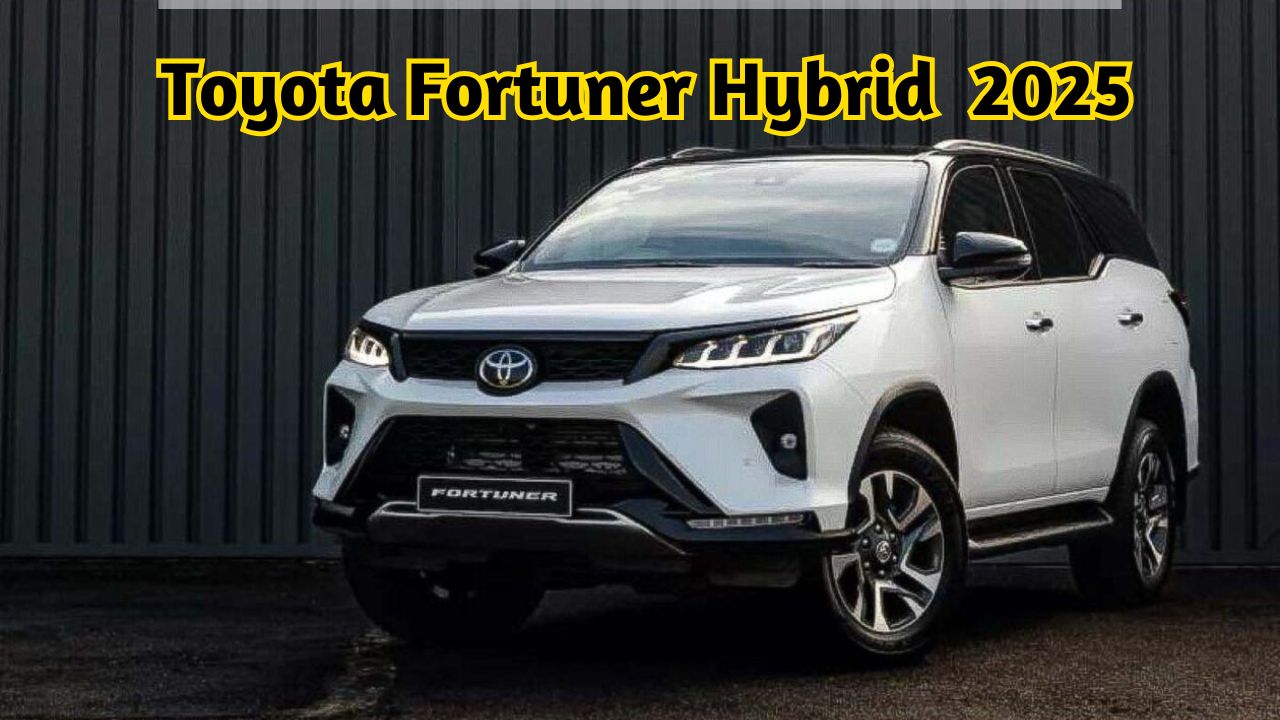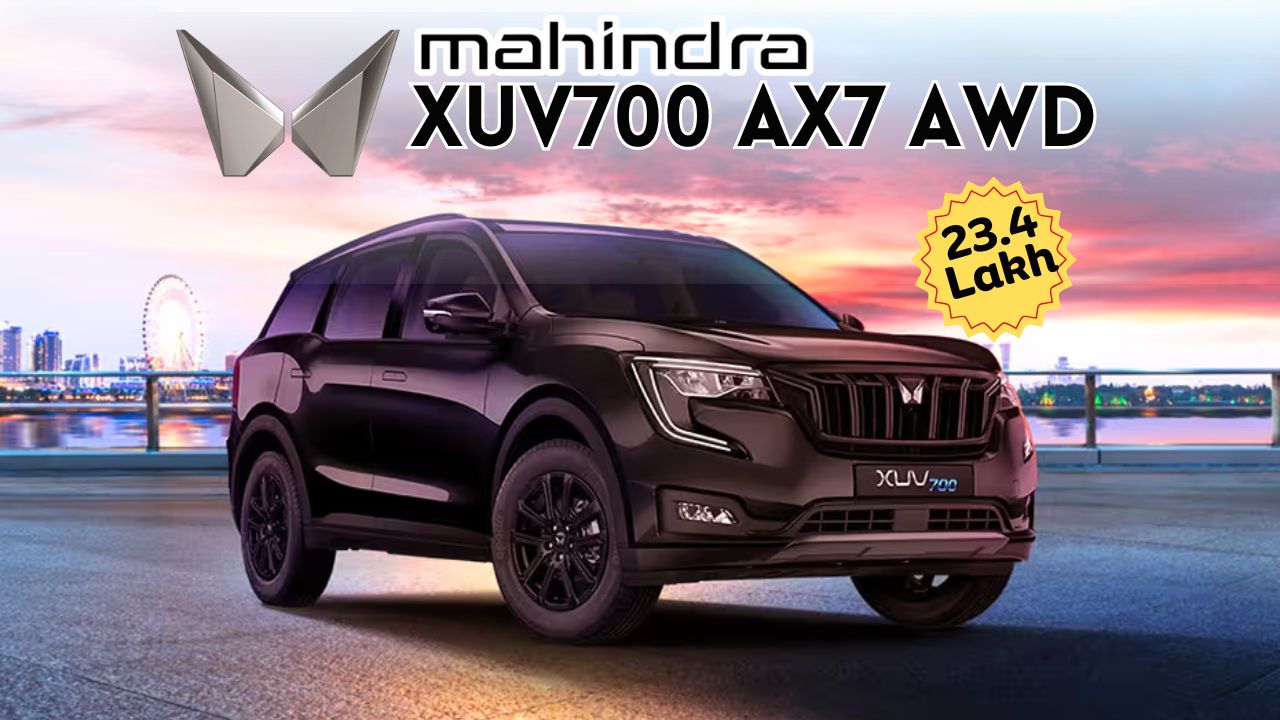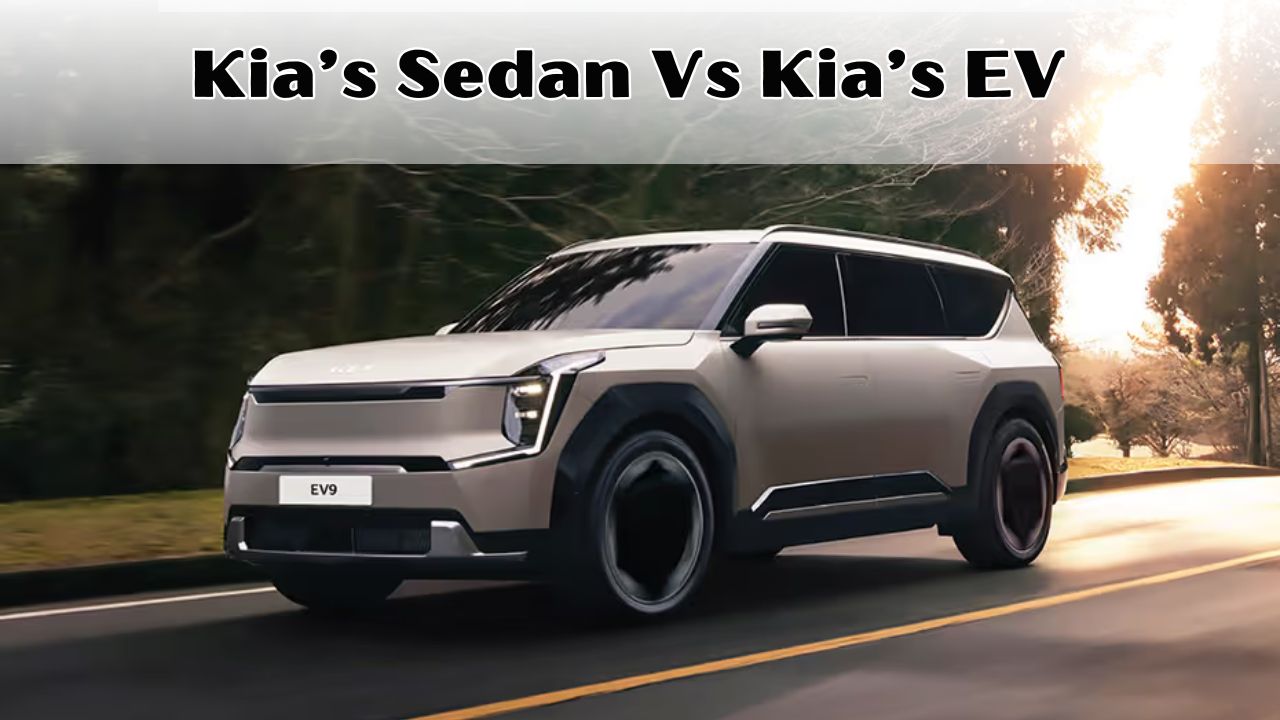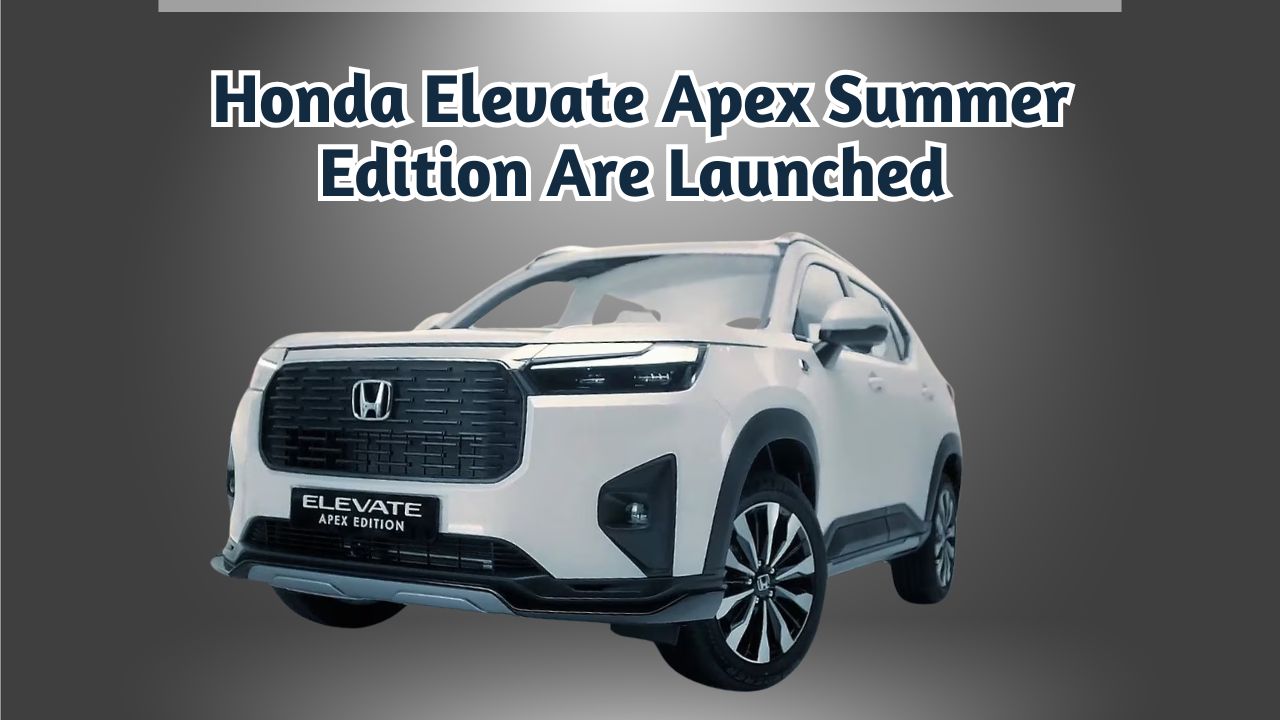The Toyota Fortuner has long stood as a sentinel of strength among SUVs, boasting a muscular architecture, commanding road stance, and admirable on-road and off-road prowess. As automotive tides shift globally towards electrification, Toyota has unveiled a mild hybrid variant of the Fortuner, particularly for the South African market. While its Indian debut remains uncertain, murmurs in the automotive corridors suggest its entry could be imminent.
Though the Toyota Fortuner Hybrid mirrors the Fortuner Legender in silhouette and design—barring the subtle “MHEV” (Mild Hybrid Electric Vehicle) insignia—beneath the sheet metal, the two SUVs part ways significantly. Here are five noteworthy deviations between the Fortuner Hybrid and its regular diesel sibling.
Integrated Mild Hybrid System with ISG
At the core of the Fortuner Hybrid lies its most transformative innovation—a 2.8-litre diesel engine coupled with a 48-volt mild hybrid architecture. This isn’t merely a cosmetic tweak but a substantial mechanical overhaul. Together, this hybrid configuration delivers a robust 201 horsepower and a torque surge of 500 Nm.
The mild hybrid apparatus, helmed by an Integrated Starter Generator (ISG), contributes an additional 16 horsepower and 42 Nm of torque independently. Its presence isn’t superficial—it actively assists during throttle input, offering torque on demand for brisk acceleration and smoothing out the engine’s start-stop functionality. The ISG enhances throttle responsiveness, creating a more refined, almost buttery driving transition, especially in congested city scenarios.
Enhanced Fuel Economy Quotient
One of the fundamental appeals of the Fortuner Hybrid is its promise of improved fuel efficiency. Toyota asserts that the MHEV variant sips approximately 5% less fuel compared to its pure-diesel predecessor. Though precise fuel economy figures are under wraps, this marginal gain could translate to significant long-term savings for habitual drivers, especially in traffic-heavy urban sprawls. This efficiency doesn’t stem solely from engine tuning but from regenerative braking and optimized energy utilization across various drive modes.
Subdued NVH and Polished Idle Quality
A common shortfall of diesel powertrains lies in their higher NVH (Noise, Vibration, and Harshness) levels. The hybrid intervention gently tames this beast. With electric torque assist playing mediator, the usual clatter and vibration during ignition and idling are significantly muffled. Engine restarts post idle, which usually jolt the cabin with a thrum, now unfold more fluidly—almost whisper-quiet.
Gear shifts, too, shed their rugged, mechanical feel for a more silk-threaded transition. For urban dwellers, this refinement offers an elevated sensory driving experience, one that leans closer to luxury than utility.
Digitally Enhanced Instrumentation
While the dashboard layout and cabin trimmings remain indistinguishable from the standard Fortuner, the hybrid introduces a digital twist to the instrument cluster. The dial assembly is infused with hybrid-centric visuals—think power flow animations, battery charge indicators, and regenerative energy alerts.
Notably, the South Africa-spec Fortuner MHEV integrates Toyota’s proprietary Safety Sense ADAS (Advanced Driver Assistance System) suite. This includes pre-collision alerts, lane trace assistance, adaptive cruise control, and even a full-surround 360-degree camera—a quantum leap in safety and spatial awareness.
| Feature | Fortuner Diesel | Fortuner Hybrid (MHEV) |
|---|---|---|
| Engine | 2.8L Diesel | 2.8L Diesel + 48V Mild Hybrid |
| Power | 201 hp | 201 hp (plus 16 hp electric assist) |
| Torque | 500 Nm | 500 Nm (plus 42 Nm electric assist) |
| Efficiency | Standard | ~5% more efficient |
| ADAS | Limited/None | Included (SA-spec) |
Increased Mass, Smoothed Performance
With added electrification components like the battery pack and ISG, the Fortuner Hybrid carries a marginal weight gain—estimated between 60 and 80 kilograms depending on the trim. While this could suggest a compromise in agility, the electric assist compensates with a more linear torque delivery.
The result is a more relaxed, easygoing drive demeanor, particularly in urban ecosystems where stop-start traffic is a norm. Instead of sudden power surges, the MHEV glides through cityscapes with graceful propulsion. Its throttle progression feels organic, and gear responses are synchronized to mimic the instincts of a seasoned chauffeur.
Final Musings
The Toyota Fortuner Hybrid isn’t just a mechanical update—it’s a refined reimagination of a legend. While retaining its brawny DNA, it introduces elements of efficiency, serenity, and technological depth that today’s discerning SUV buyer increasingly seeks. If and when it touches Indian shores, it will likely set a new benchmark in the diesel-hybrid SUV territory, bridging the old world of brute strength with the new age of intelligent performance.
FAQs
Does the Toyota Fortuner Hybrid offer better fuel economy?
Yes, the Fortuner Hybrid is claimed to be around 5% more fuel-efficient than the standard diesel version, although exact mileage figures are yet to be officially released.
What is ISG in the Toyota Fortuner Hybrid?
ISG stands for Integrated Starter Generator. It assists in smoother engine start-stop functionality, improves throttle response, and contributes to torque during acceleration.
Is the Toyota Fortuner Hybrid heavier than the diesel variant?
Yes, due to the added battery and hybrid components, the Hybrid version is approximately 60-80 kg heavier than the regular diesel model, depending on the variant.
When will the Toyota Fortuner Hybrid launch in India?
Toyota has not yet confirmed an official launch date for the Fortuner Hybrid in India, but industry speculation suggests it could arrive in the near future.

















